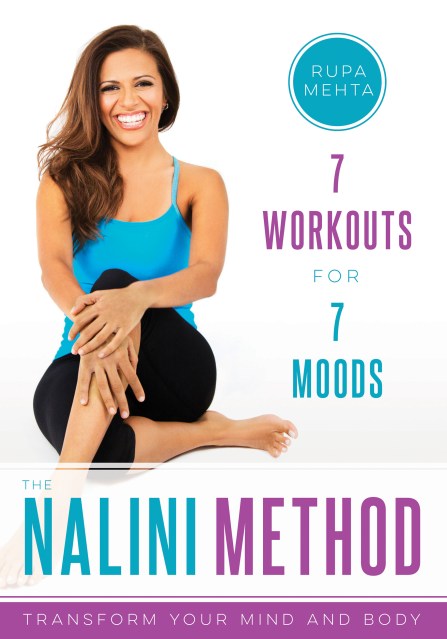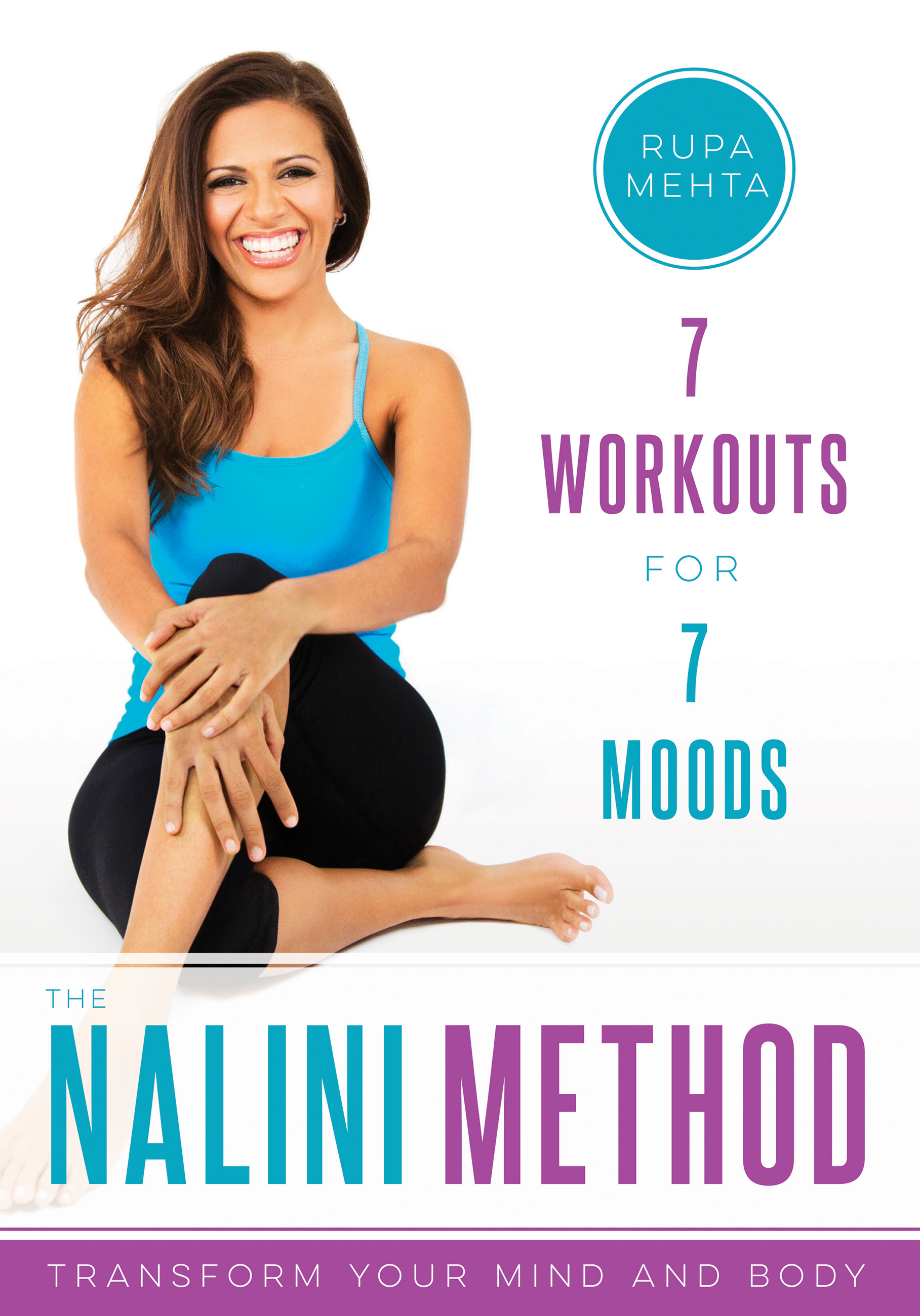Promotion
Use code MOM24 for 20% off site wide + free shipping over $45
The Nalini Method
7 Workouts for 7 Moods
Contributors
By Rupa Mehta
Formats and Prices
Price
$13.99Price
$17.99 CADFormat
Format:
ebook $13.99 $17.99 CADThis item is a preorder. Your payment method will be charged immediately, and the product is expected to ship on or around December 15, 2015. This date is subject to change due to shipping delays beyond our control.
Also available from:
Rupa Mehta, called a “pint-sized guru” by Vogue and the “Rachael Ray of Fitness” by the New York Post, has helped thousands of people on their journey to physical and emotional wellness from her New York fitness studio. Now, with The Nalini Method, Rupa brings her revolutionary techniques for shedding emotional weight and achieving balance of body and mind to the wider world with a gorgeous and fun full-color book.
The Nalini Method is an innovative mood-based fitness plan that fuses yoga, Pilates, strengthening exercises, and barre work to help participants lose emotional weight and find emotional fitness—transforming both mind and body in the process. Rupa’s dynamic techniques synthesize Western and Eastern approaches to create an accessible program that’s as challenging as it is fun.
The workouts of The Nalini Method help participants find balance within seven different moods:
In addition, Rupa includes recipes for six unique and delicious “mood foods” to help maintain energy and balance along the way.
With tips and resources to help any woman achieve her fitness goals every day, The Nalini Method blazes a new and exciting trail to physical and emotional well-being.
The Nalini Method is an innovative mood-based fitness plan that fuses yoga, Pilates, strengthening exercises, and barre work to help participants lose emotional weight and find emotional fitness—transforming both mind and body in the process. Rupa’s dynamic techniques synthesize Western and Eastern approaches to create an accessible program that’s as challenging as it is fun.
The workouts of The Nalini Method help participants find balance within seven different moods:
- Anger
- Energy
- Stress
- Chill
- Happiness
- Doubt
- Anxiety
In addition, Rupa includes recipes for six unique and delicious “mood foods” to help maintain energy and balance along the way.
With tips and resources to help any woman achieve her fitness goals every day, The Nalini Method blazes a new and exciting trail to physical and emotional well-being.
Genre:
- On Sale
- Dec 15, 2015
- Page Count
- 272 pages
- Publisher
- Seal Press
- ISBN-13
- 9781580056007
Newsletter Signup
By clicking ‘Sign Up,’ I acknowledge that I have read and agree to Hachette Book Group’s Privacy Policy and Terms of Use







